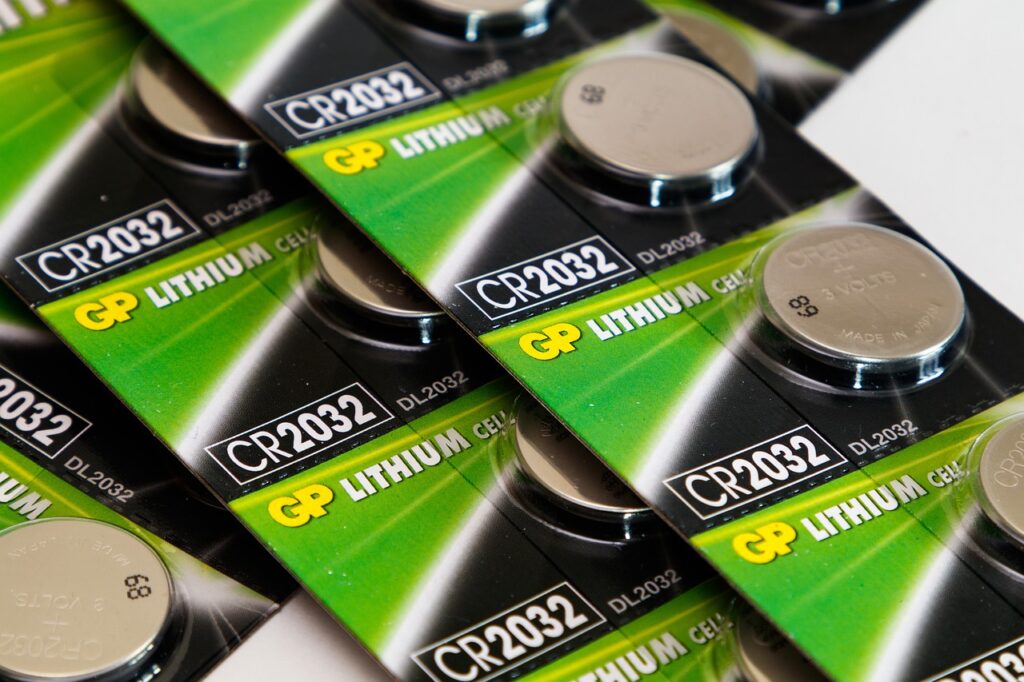Lithium batteries may have been around and under development as well as vigorous optimization for many decades now, but that doesn’t mean that we know everything about them or that there’s no room for improvement. Researchers contributing studies for the ‘Battery500’ initiative believe it’s possible to increase a Li-ion cell that has a specific energy of 500 Wh/kg, which is double of what is to be found in existing batteries of this type.
One of the teams participating in this effort to unlock the secrets of the Li-ion battery belongs to the U.S. Department of Energy’s Pacific Northwest National Laboratory and has recently made a breakthrough discovery on how much lithium should be ideally contained in an anode.
While more lithium gives more capacity and energy to a battery, too much of it degrades the lifetime of the cell due to excessive passivation film formation. This dries up the solid electrolyte interface and prevents it from contacting the liquid electrolyte, essentially turning it into an insulator that increases the cell’s impedance.
So, the ideal thickness for lithium-ion cells was determined to be 20 microns, which brings the best balance of life expectancy and performance, at least by using what’s currently available in the market.
The issue here is that because this went largely ignored thus far, no lithium anode manufacturers make anything that is thinner than 20 microns, so researchers were limited to that. It is likely that the optimal value is 10 microns or even less, but testing it was impossible at this time.
Of course, in a battery, the anode is only one of the inter-related components that work together as a whole and cannot be evaluated as isolated elements to reach safe conclusions. The researchers clarified that the dimensions of the cell, the architectural details, the electrolyte, and the cathode, all play a role. So, the 20 microns that apply for the button cells tested may not be ideal for other battery types.
Image by Alexei Chizhov from Pixabay
Article Source: Engineering.com






